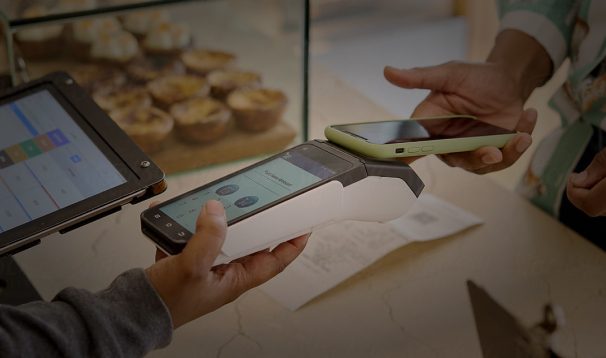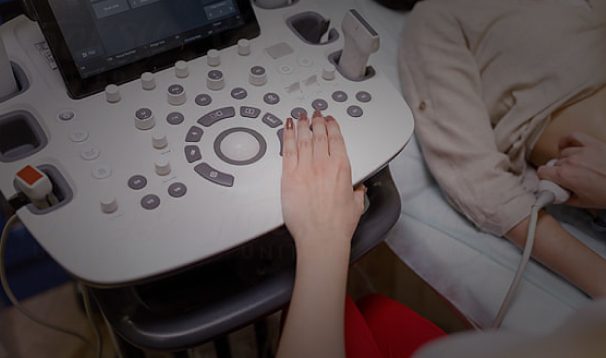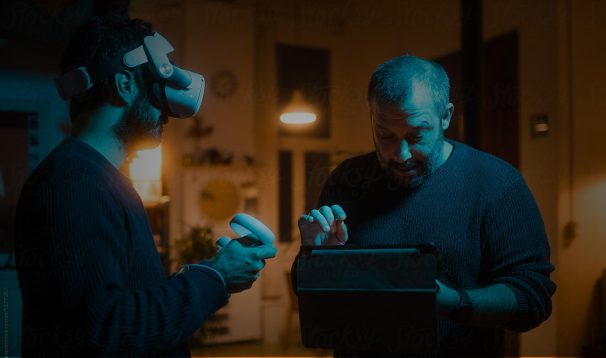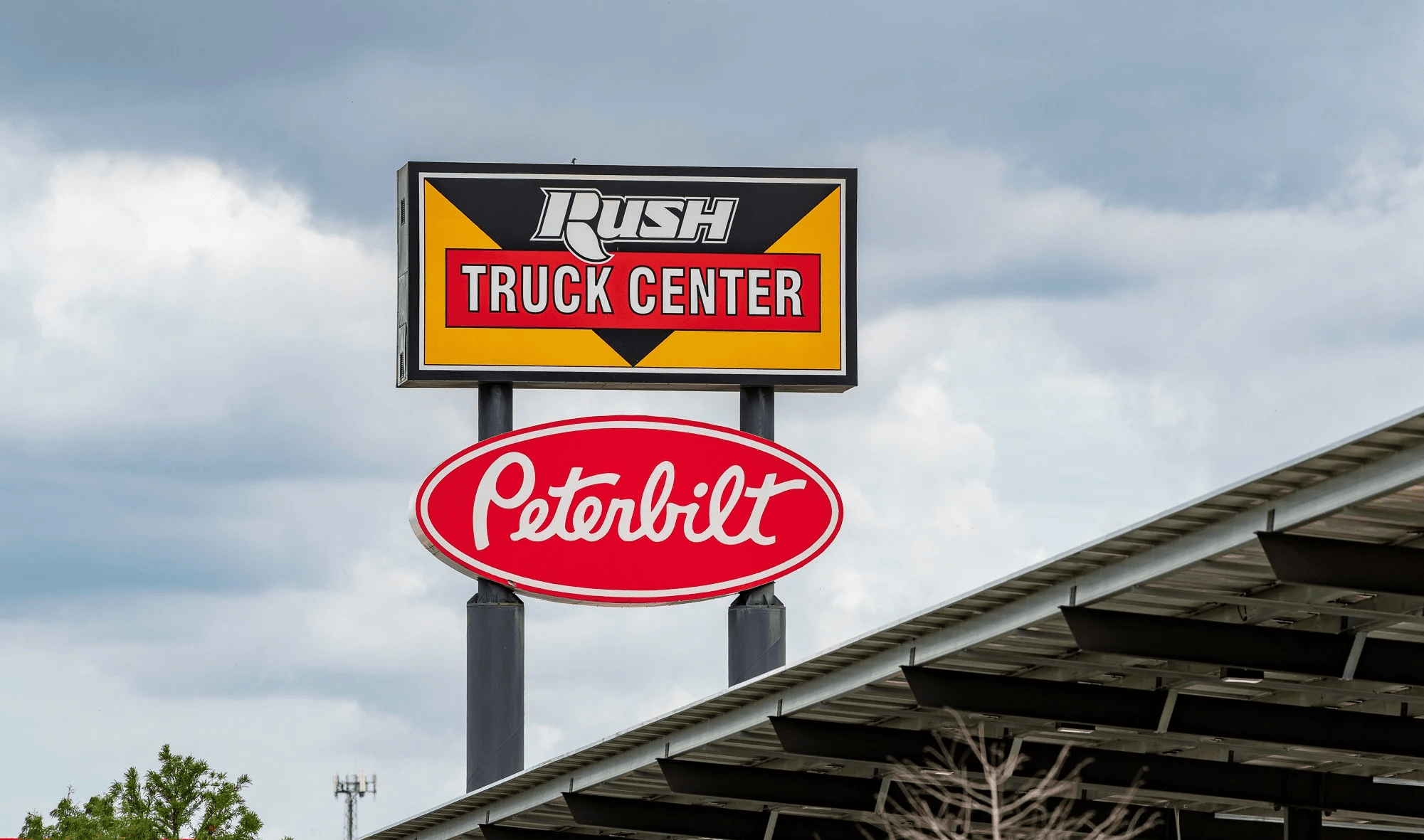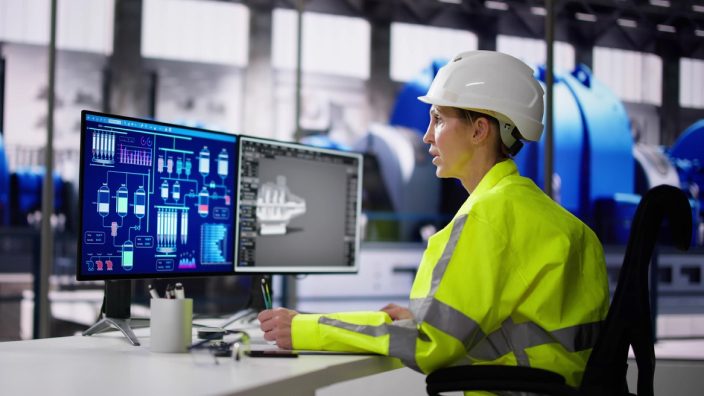Everyone has heard of Android OS. And for good reason — it leveled the playing field for what operating system new phones could use.
In the turbulent, emerging market of smartphones, Android wanted to be independent of the phone’s hardware and become a platform to build apps on. And it succeeded. Today, Android is the most popular mobile operating system in the world driven by polished, feature-packed, and technologically potent software.
Now, let us introduce another powerhouse designed in the same mold as Android — it’s called Robot Operating System, ROS for short.
Even though it is called Robot Operating System, ROS is not technically an operating system. It is rather a flexible set of frameworks for writing robot software — a collection of libraries, tools, and conventions that aim to help you simplify the creation of complex robot behavior across a wide range of robot platforms without knowing how certain hardware works.
Its ultimate goal is to create a robotics standard so that robot makers don’t need to reinvent the wheel every time they build new software.
ROS is trying to accomplish in the robotics world what Android did in the smartphone space — i.e. be an open-source project that helps robot makers develop the best software possible.
But there is a key difference — robotics is a far bigger space than the smartphone/tablet industry. Robots come in all shapes and sizes. From drones, self-driving cars, automated submarines, and automated warehouses to humanoid robots, outdoor robots, and even robots on other planets.
Let us put it this way:
If your phone stopped working for 30 seconds, it wouldn’t hurt you. Maybe you wouldn’t even notice it, right?
But if robots fail to detect and react on time, the damage could cost lives!
Why Robot Operating System?
To get an idea of how powerful it is, let’s compare Robot Operating System’s wish list from a few years ago to where ROS stands today:
ROS wanted to:
- Become hardware-independent — To be truly effective, ROS needs to use all kinds of motors, sensors, cameras, etc.
- Become vendor-independent — ROS should not care if you have Universal Robot, KUKA, Denso, FANUC, or any other commercially available industry manipulator.
- Be written by any programming language – ROS has no boundaries.
- Become easy to use, learn and upgrade — You shouldn’t need a Ph.D. in robotics to use ROS.
- Support large types of robots — Land, air, sea, underground, indoors, and outdoors.
- Solve common problems in robotics — ROS needs to support computer vision, trajectory calculation, SLAM, motor control, safety, etc.
Where does ROS stand today?
Pretty good. In its 13 years of existence, ROS has successfully done more than all other attempts to encompass robotics as a whole.
Currently, Robot Operating System is:
- Hardware independent — ROS can use most motors, sensors, cameras (many vendors provide ROS drivers for their devices).
- Vendor independent — ROS can be used to drive commercial industrial manipulators and robot arms. ROS – Industrial is trying hard to do this, but it trespasses into other companies’ revenue streams.
- Written in any programming language — Software developers can write ROS programs with C, C++, Python, Matlab, Java. C++ and Python are the main choices.
- Easy to use, learn and upgrade — Learning support is getting better and better.
- Support large types of robots — See the list and judge.
- Solves common problems in robotics — The 2000+ software libraries available for ROS speak for themselves.
Is ROS the future?
The market for collaborative and industrial robots is growing exponentially, and the ROS market is quickly following suit. The overall growth of robotics is tied to ROS, as it is a critical part of automation.
The impact of robotics around the world is vast, with industrial manufacturing being on the top of the list. Many factors drive high demand for industrial robots, from workplace safety to technological innovations such as big data, machine learning (ML), and artificial intelligence (AI). But these innovations are only valuable if supported by ROS. Based on an exclusive report by MarketsandMarkets, ROS will be worth $467 million by 2024.
The ROS equation is solving plumbing, tools, capabilities and supporting an ever-growing ecosystem. Instead of writing everything from scratch and reinventing the wheel, ROS is the building block that brings robotics to new heights, allowing businesses to focus only on the problem at hand.
It’s difficult to accurately predict the future of robotics, but one thing is for sure: ROS will continue to grow and power the robots of the bright future.
Want to learn more about how HTEC’s technology expertise can transform your business? Explore our Technical Strategy and Industrial & Robotics capabilities.



